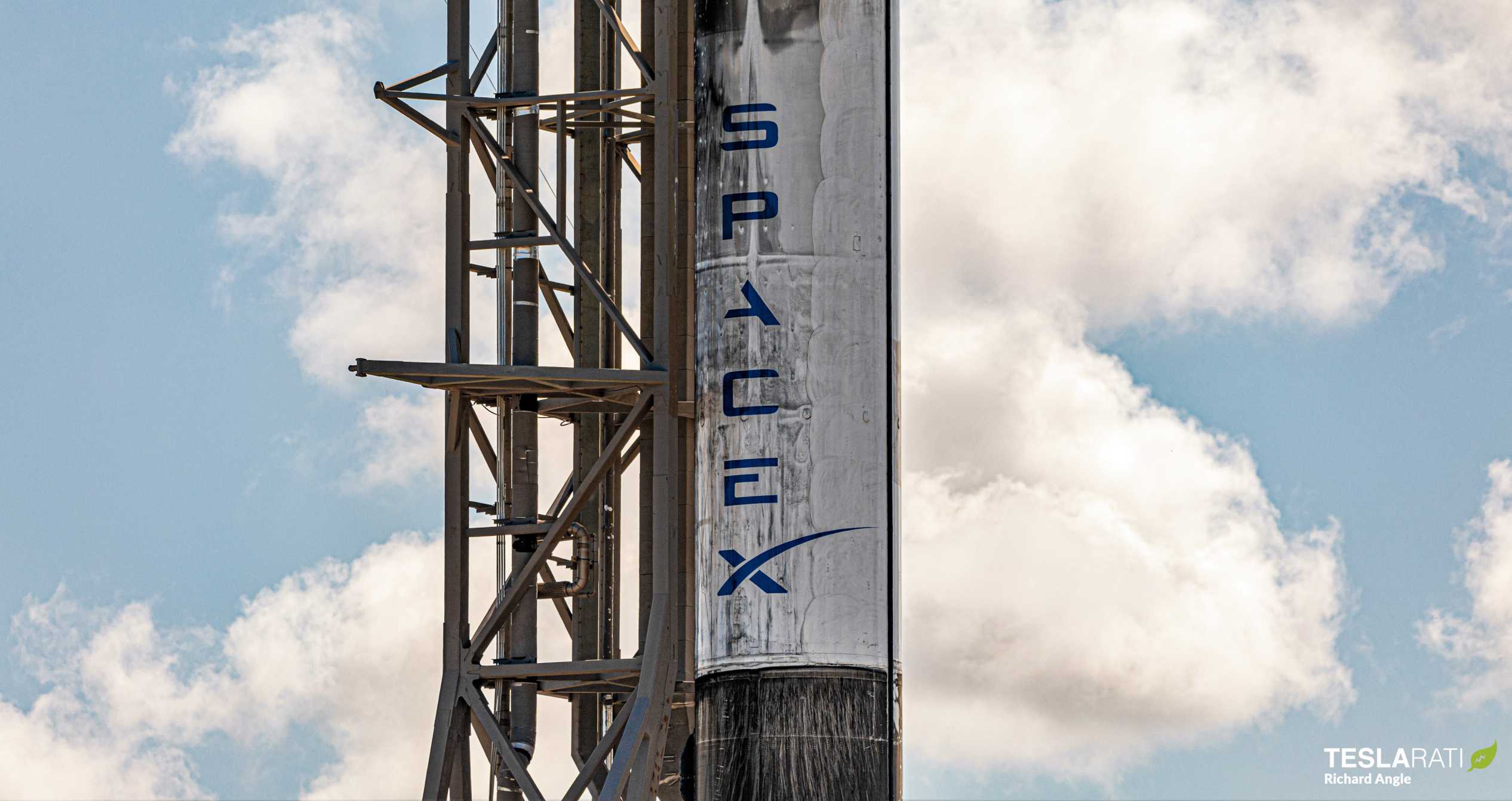
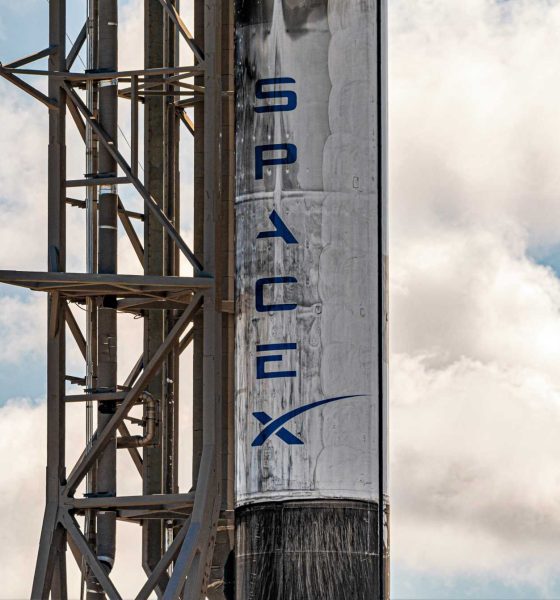
News
SpaceX Starlink, Starship programs crush funding goals, raise $2 billion
On the heels of a successful ~$350 million fundraising round, SpaceX has crushed its own expectations of a second, far more ambitious fundraiser, likely ensuring stable Starship and Starlink development for years to come.
First reported by Bloomberg on July 23rd, SpaceX’s second investment round of 2020 initially pursued $1 billion in funding, boosting the company’s valuation to $44 billion. Less than four weeks later, an August 18th SEC filing revealed that SpaceX had more than doubled its offering after it received overwhelming interest from prospective investors.
According to the regulatory document, SpaceX has now secured an incredibly $1.9 billion of a $2.06 billion of new funding for its Starlink and Starship programs, likely guaranteeing the health of both expensive development programs for 12-18+ months. Alternatively, the company could feasibly speed up either or both programs by a substantial amount with such a massive capital injection, shrinking the time required for Starship to reach orbit and begin operational launches and for Starlink to begin serving customers and generating revenue.
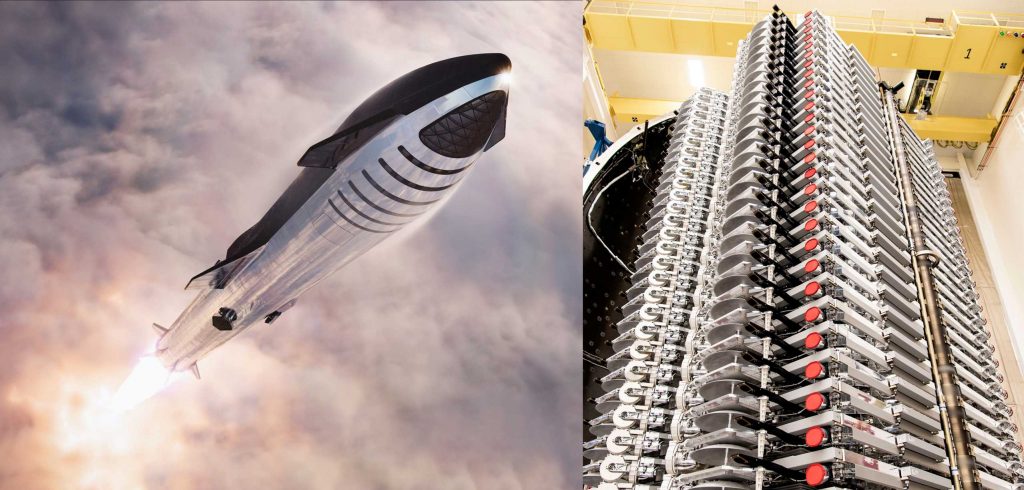
Prior to August 2020, SpaceX had raised a total of ~$3.4 billion over ~12 years of major funding rounds. In 2015, Google and Fidelity invested $1 billion in SpaceX – a round that remained the company’s biggest until now. Once again primarily driven by Fidelity, if SpaceX successfully closes the $2 billion series it kicked off last month, the company’s funding to date will jump nearly 60% in a single round.
Very few companies in history can claim to have closed an oversubscribed $2 billion funding round, making it easy to say that SpaceX is currently one of the hottest private investment opportunities in the world. There are several likely reasons that help explain why.
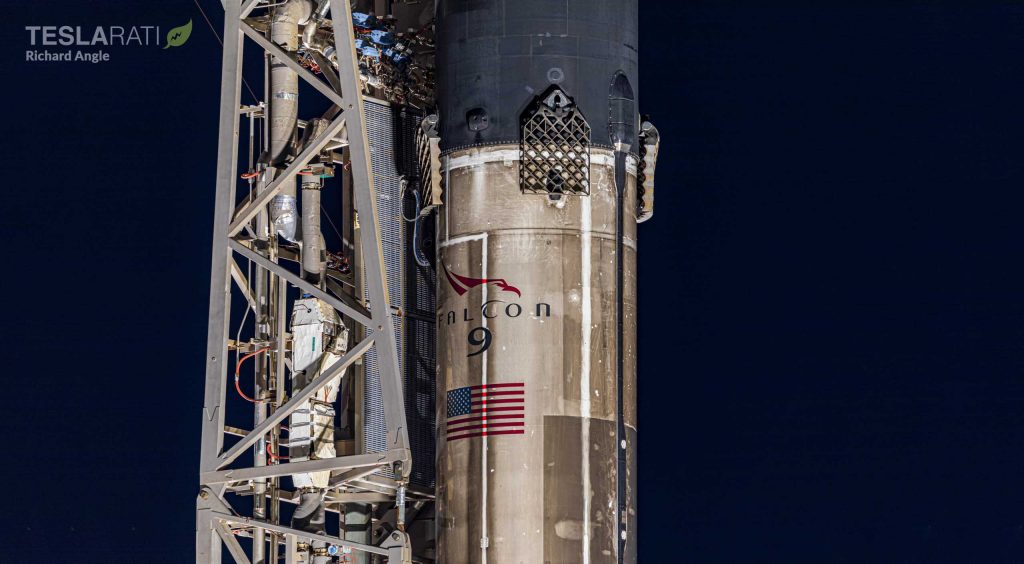

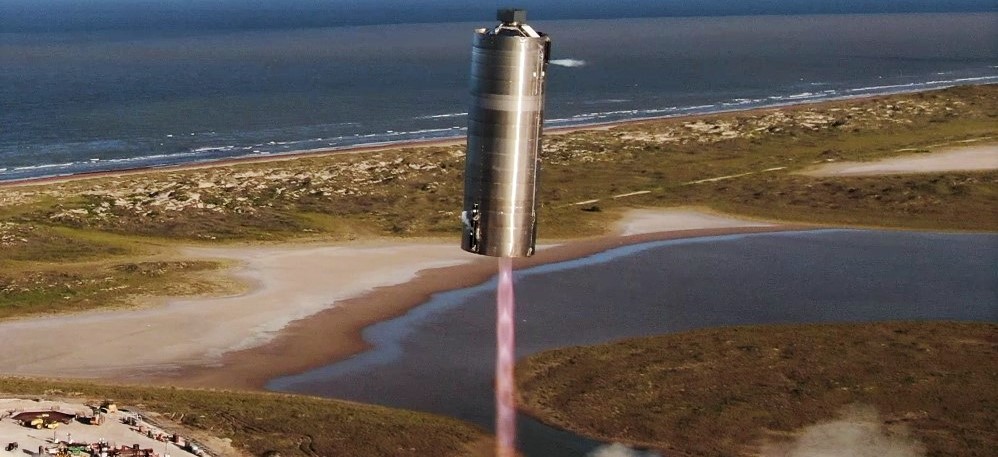
The track record of companies run by Elon Musk likely plays a huge role in investor confidence. Against all odds and in the face of hordes of detractors and naysayers, Tesla has shaped itself into the world’s premier electric vehicle (EV) manufacturer and managed to do so while still becoming a profitable (or at least sustainable) company. As a result, the value of $TSLA has exploded in 2019 and 2020, turning it into one of the most lucrative investments in years.
SpaceX has proven itself to be just as disruptive – if not more so – in the aerospace industry, designing, building, and fielding industry-leading rockets and spacecraft that are years ahead of “competition” and doing so with cost efficiency that competitors and national space agencies did not believe was possible. As a result, SpaceX now owns a vast majority of the global commercial launch market, is the only entity on Earth operating orbital-class reusable rockets, and is the only company capable of both building and launching its own satellite constellations.
From an investment perspective, the commercial launch market likely makes most eyes glaze over. Starlink, however, has the potential to tap into a large portion of a global communications market worth hundreds of billions to more than a trillion dollars. Building a satellite constellation large and capable enough to do so is an extraordinarily expensive ordeal no matter how efficient SpaceX is, but once it’s even partially complete, it could almost effortlessly magnify the company’s annual revenue by 5-10x.
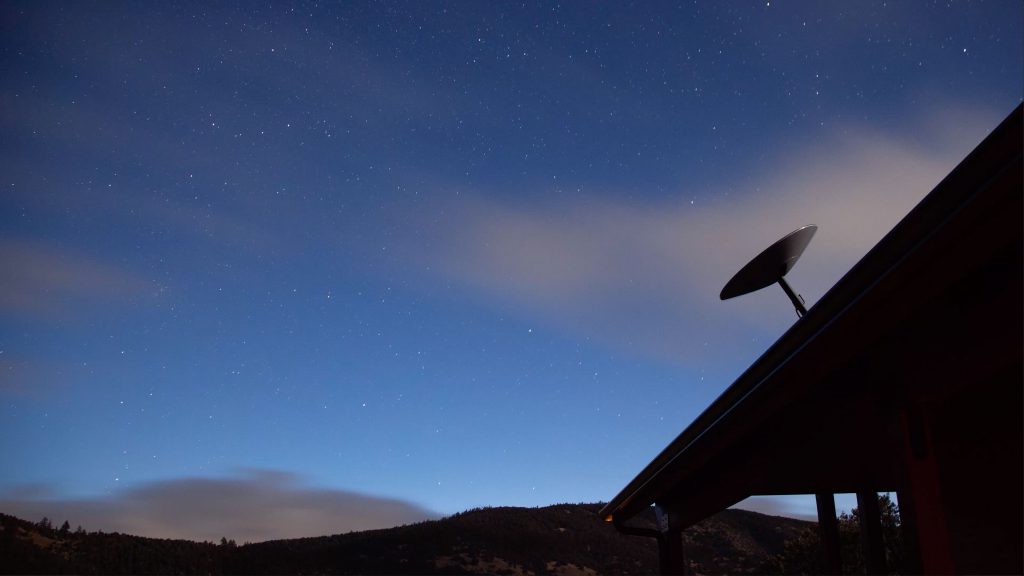
Once Starlink is able to serve millions of customers, it could easily become self-sustaining. With tens of millions of customers, it could become a veritable cash cow, generating >$6 billion in annual revenue on annual upkeep and operating costs of $1-2 billion at most (conservatively estimating 24 Starlink launches per year for $50 million each).
This doesn’t even account for Starship, which could effectively create whole new markets for space access if SpaceX is able to achieve its ambitious design goals. For Starlink, though, Starship would be equally game-changing by making constellation deployment at least ~7 times more cost-effective than Falcon 9 (~400 vs. ~60 satellites per launch).
Regardless, with at least $1.9 billion soon to be in the bank, it should be clear that any doubt that SpaceX has the resources it needs to sustain its Starlink and Starship development programs for one or several more years is woefully misplaced.
Check out Teslarati’s Marketplace! We offer Tesla accessories, including for the Tesla Cybertruck and Tesla Model 3.

News
Tesla dominates in the UK with Model Y and Model 3 leading the way

Tesla is dominating in the United Kingdom so far through 2025, and with about two weeks left in the year, the Model Y and Model 3 are leading the way.
The Model Y and Model 3 are the two best-selling electric vehicles in the United Kingdom, which is comprised of England, Scotland, Wales, and Northern Ireland, and it’s not particularly close.
According to data gathered by EU-EVs, the Model Y is sitting at 18,890 units for the year, while the Model 3 is slightly behind with 16,361 sales for the year so far.
The next best-selling EV is the Audi Q4 e-tron at 10,287 units, lagging significantly behind but ahead of other models like the BMW i4 and the Audi Q6 e-tron.
GOOD NEWS 🇬🇧 Tesla is absolutely crushing the UK electric vehicle market in 2025 💥
The numbers are in, and the dominance is clear. With an impressive amount of 42,270 vehicles delivered year-to-date, the brand now commands a solid 9.6% market share of the total auto market 🆒… pic.twitter.com/dkiGX9kzd0
— Ming (@tslaming) December 18, 2025
The Model Y has tasted significant success in the global market, but it has dominated in large markets like Europe and the United States.
For years, it’s been a car that has fit the bill of exactly what consumers need: a perfect combination of luxury, space, and sustainability.
Both vehicles are going to see decreases in sales compared to 2024; the Model Y was the best-selling car last year, but it sold 32,610 units in the UK. Meanwhile, the Model 3 had reached 17,272 units, which will keep it right on par with last year.
Tesla sold 50,090 units in the market last year, and it’s about 8,000 units shy of last year’s pace. It also had a stronger market share last year with 13.2 percent of the sales in the market. With two weeks left in 2025, Tesla has a 9.6 percent market share, leading Volkswagen with 8 percent.
The company likely felt some impact from CEO Elon Musk’s involvement with the Trump administration and, more specifically, his role with DOGE. However, it is worth mentioning that some months saw stronger consumer demand than others. For example, sales were up over 20 percent in February. A 14 percent increase followed this in June.
News
Tesla Insurance officially expands to new U.S. state
Tesla’s in-house Insurance program first launched back in late 2019, offering a new way to insure the vehicles that was potentially less expensive and could alleviate a lot of the issues people had with claims, as the company could assess and repair the damage itself.

Tesla Insurance has officially expanded to a new U.S. state, its thirteenth since its launch in 2019.
Tesla has confirmed that its in-house Insurance program has officially made its way to Florida, just two months after the company filed to update its Private Passenger Auto program in the state. It had tried to offer its insurance program to drivers in the state back in 2022, but its launch did not happen.
Instead, Tesla refiled the paperwork back in mid-October, which essentially was the move toward initiating the offering this month.
BREAKING: Tesla Insurance has just officially launched in Florida.
This is the first new state to receive @Tesla Insurance in more than 3 years. In total, Tesla insurance is now available in 13 U.S. states (map in thread below of all the states).
Tesla Insurance in Florida uses… pic.twitter.com/bDwh1IV6gD
— Sawyer Merritt (@SawyerMerritt) December 17, 2025
Tesla’s in-house Insurance program first launched back in late 2019, offering a new way to insure the vehicles that was potentially less expensive and could alleviate a lot of the issues people had with claims, as the company could assess and repair the damage itself.
It has expanded to new states since 2019, but Florida presents a particularly interesting challenge for Tesla, as the company’s entry into the state is particularly noteworthy given its unique insurance landscape, characterized by high premiums due to frequent natural disasters, dense traffic, and a no-fault system.
Annual average premiums for Florida drivers hover around $4,000 per year, well above the national average. Tesla’s insurance program could disrupt this, especially for EV enthusiasts. The state’s growing EV adoption, fueled by incentives and infrastructure development, aligns perfectly with Tesla’s ecosystem.
Moreover, there are more ways to have cars repaired, and features like comprehensive coverage for battery damage and roadside assistance tailored to EVs address those common painpoints that owners have.
However, there are some challenges that still remain. Florida’s susceptibility to hurricanes raises questions about how Tesla will handle claims during disasters.
Looking ahead, Tesla’s expansion of its insurance program signals the company’s ambition to continue vertically integrating its services, including coverage of its vehicles. Reducing dependency on third-party insurers only makes things simpler for the company’s automotive division, as well as for its customers.
News
Tesla Full Self-Driving gets sparkling review from South Korean politician
“Having already ridden in an unmanned robotaxi, the novelty wasn’t as strong for me, but it drives just as well as most people do. It already feels like a completed technology, which gives me a lot to think about.”

Tesla Full Self-Driving got its first sparkling review from South Korean politician Lee So-young, a member of the country’s National Assembly, earlier this week.
Lee is a member of the Strategy and Finance Committee in South Korea and is a proponent of sustainable technologies and their applications in both residential and commercial settings. For the first time, Lee was able to utilize Tesla’s Full Self-Driving technology as it launched in the country in late November.
Her thoughts on the suite were complimentary to the suite, stating that “it drives just as well as most people do,” and that “it already feels like a completed technology.”
드디어 오늘, 서울에서 테슬라 FSD 체험 했습니다.
JiDal Papa님의 모델S 협찬에 힘입어^^ 파파님 정말 감사합니다.
국회 -> 망원시장 -> 홍익대 -> 국회 복귀 코스였고요.
이미 무인 로보택시를 타봐서 그런지 신기함은
덜했지만, 웬만한 사람만큼 운전을 잘하네요.이미 완성된 기술이라고… pic.twitter.com/8pAidHBpRG
— 이소영 국회의원 (Soyoung Lee) (@im_soyounglee) December 17, 2025
Her translated post says:
“Finally, today I got to experience Tesla FSD in Seoul. Thanks to the Model S sponsored by JiDal Papa^^, I’m truly grateful to Papa. The route was from the National Assembly -> Mangwon Market -> Hongik University -> back to the National Assembly. Having already ridden in an unmanned robotaxi, the novelty wasn’t as strong for me, but it drives just as well as most people do. It already feels like a completed technology, which gives me a lot to think about. Once it actually spreads into widespread use, I feel like our daily lives are going to change a lot. Even I, with my license gathering dust in a drawer, don’t see much reason to learn to drive a manual anymore.”
Tesla Full Self-Driving officially landed in South Korea in late November, with the initial launch being one of Tesla’s most recent, v14.1.4.
It marked the seventh country in which Tesla was able to enable the driver assistance suite, following the United States, Puerto Rico, Canada, China, Mexico, Australia, and New Zealand.
It is important to see politicians and figures in power try new technologies, especially ones that are widely popular in other regions of the world and could potentially revolutionize how people travel globally.








